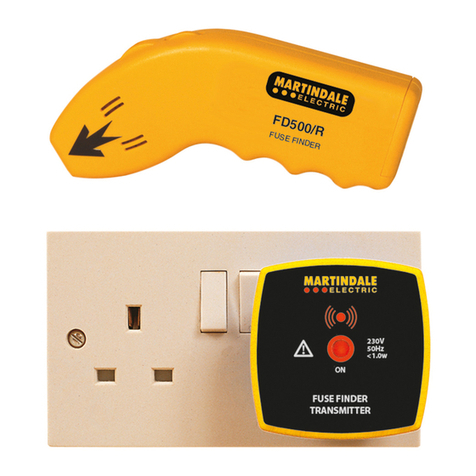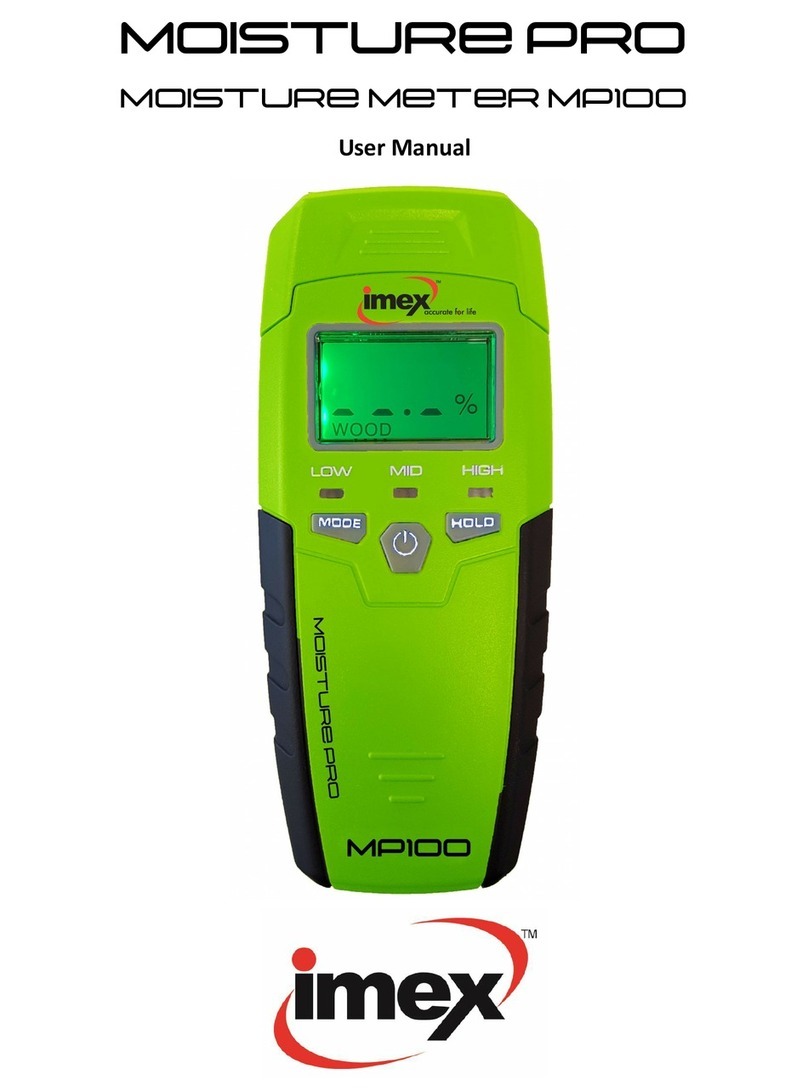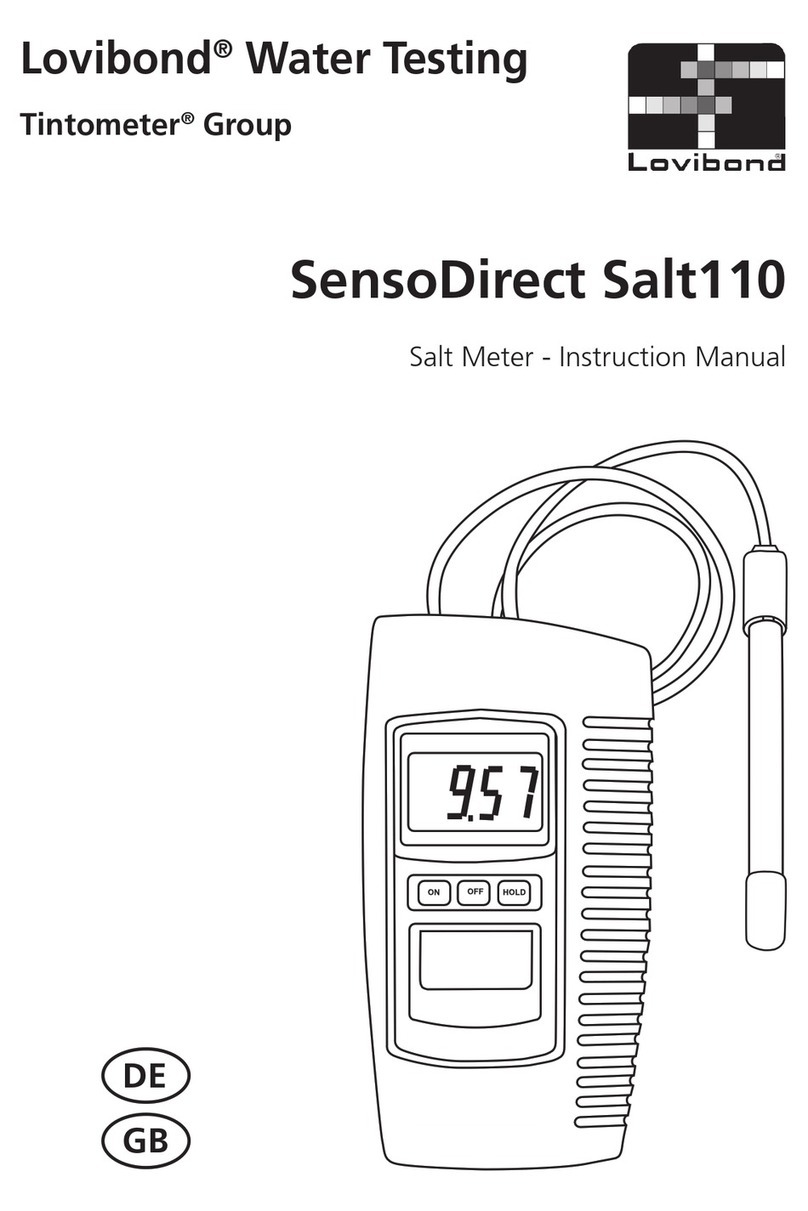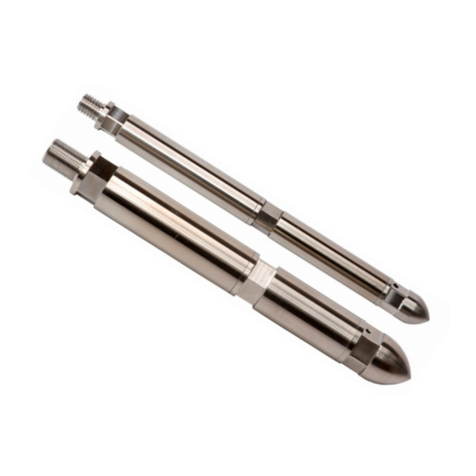Hansford sensors HS-620 User manual

HS-620 Vibration Meter Kit
Operating Manual
Hansford Sensors Ltd.
August 2009
The HS-620 Vibration Meter Kit is an ideal low cost entry level vibration
monitoring instrument, designed for Maintenance Technicians to use on site,
helping to give protection to important plant machinery
This document may not be reproduced in any way without the prior written permission of
the company.

- 2 –
Contents
1
.
Overview_______________________________________3
1.1 HS-620 Kit Contents ___________________________________3
1.2 Overall Vibration Mode _________________________________3
1.3 Bearing Status Mode ___________________________________3
2
.
Operating Instructions____________________________4
2.1 Sensor Connection_____________________________________4
2.2 Power On/Off_________________________________________4
2.3 Key Functions ________________________________________5
2.4 Overall Vibration Measurement & Assessment _______________6
2.5 ISO Machine Groups: __________________________________6
2.6 Bearing Status Check___________________________________7
2.7 Battery & Charger _____________________________________7
3
.
The ISO10816-3 Machine Vibration Standard_________8
4
.
Bearing Status Assessment _______________________10
4.1 Bg Value____________________________________________10
4.2 BV Values __________________________________________11
5
.
Specification___________________________________12
6 . Warranty ______________________________________12

- 3 –
1.Overview
The Vibration Meter is a reliable and easy to use hand-held machine
condition inspection instrument. It provides vibration measurement, alarm
indication and a bearing status check facility. The meter enables plant
maintenance technicians to monitor machines, find potential problems in
advance of failure, and to ensure machine reliability.
1.1 HS-620 Kit Contents
;VBA 20 meter unit with lithium battery fitted
;Hand Held Accelerometer with TNC Connector
;80cm cable with TNC to BNC connectors
;Magnetic Base
;Vibration Spike
;2 x Battery Charger (Mains +Car)
;Manual
;Carrying Case
1.2 Overall Vibration Mode
The meter can measure vibration velocity in mm/s rms, Acceleration in g
peak, and Displacement in µm peak to peak. When measuring velocity,
and on switching to the ‘Hold’ mode, the meter display will indicate an
alarm status according to the machine vibration standard ISO10816-3.
1.3 Bearing Status Mode
The meter measures Bg value in g rms and Bv value in mm/s rms which
represent the bearing status. The lower frequency machine vibrations
are attenuated by a 1kHz high pass filter. In the ‘Hold’ mode, the meter
display indicates the bearing alarm status.

- 4 –
2.Operating Instructions
Figure 1. The VBA20
2.1 Sensor Connection
Fit the vibration sensor to the machine measurement position via a
magnetic base or stud. Connect the sensor cable to the BNC connector
on the meter. When a satisfactory sensor connection is made, the
sensor fault icon on the LCD display will disappear. Conversely, the
sensor fault icon will appear if the meter detects a poor sensor
connection.
2.2 Power On/Off
Power On - Push SEL key only for ½ sec. The meter defaults to the
overall vibration velocity range.
Power Off - Push two keys, SEL + BRG or SEL + VIB for 1 sec.
The meter will power-off on release of the keys.
The meter will automatically power-off after 3 minutes of no key
operation.
SEL key
BRG key
VIB key
Sensor
Magnetic
Base
Integrated
Cable
BNC connector
LCD screen

- 5 –
2.3 Key Functions
SEL key- Press SEL to switch-on the meter
In the Overall Vibration mode press SEL to toggle
through the measurement parameter options:-
‘Vel’ = vibration velocity in mm/s RMS
‘Acc ’ = acceleration in g pk
‘Disp’ = displacement in µm pk-pk
In the Overall Vibration Hold mode press SEL to toggle
through the machine groups.
In the Bearing Status mode press SEL to toggle
between Bg rms and Bv rms ranges.
In the Bearing Status Hold mode press SEL to toggle
through the machine speed in rpm.
VIB key - Press VIB to toggle between Measure and Hold modes.
The Hold mode is indicated by an ’H’ in the display.
In the BRG mode Press VIB to enter the Overall Vib.
mode.
BRG key - In the Overall Vib. mode press BRG to enter the
Bearing Status mode.
In the Bearing Status measurement mode press BRG to
toggle between this and the Bearing Status Hold mode
indicated by an ‘H’ on the display.
When the overall velocity reading is in the Hold mode, the meter display
indicates the vibration alarm status of the machine according to
ISO10816-3 as defined in section 3.
When the BRG velocity or g reading is in the Hold mode the meter
display indicates the bearing status according to a rule-of-thumb
assessment as defined in section 4.

- 6 –
2.4 Overall Vibration Measurement & Assessment
At switch-on the meter defaults to the Velocity measurement mode, with
the units ‘mm/s rms’ indicated at the bottom right of the display.
If required, press SEL to select acceleration or displacement. Note that
no vibration assessment is available on these ranges.
When the vibration reading has settled, press VIB to move to the Hold
mode. An ‘H’ icon is displayed.
In the velocity range the VBA20 will then indicate either a tick icon for
OK, a single bell for vibration alert or two bells for danger.
The meter makes this assessment depending on the vibration level and
one of the four the machine group options selected using the SEL key.
The machine groups are defined in ISO10816-3 and the meter
categorizes these as ’ISO1&3-R’, ‘ISO1&3-F’, ‘ISO2&4-R’, ‘ISO2&4-F’.
R and F refer to rigid and flexible machine mounting respectively.
A label on the back of the meter gives details of the ISO10816-3
machine groups. The user can refer to this to confirm the appropriate
group number for the tested machine. The information attached is as
follows in section 2.5.
2.5 ISO Machine Groups:
Group 1 – Large machines rated power above 300KW; Electrical
machines with shaft dia. >315mm. Normally sleeve bearings, speed
120RPM - 15000RPM.
Group 2 – Medium size machines rated power 15KW < P<300KW;
Electrical machines with shaft 160mm <dia.>315mm. Normally element
bearings, Speed above 600RPM.
Group 3 – Pumps with multi-vane impeller and with separate driver
(centrifugal, mixed flow or axial flow) with rated power above 15KW.
Group 4 – Pumps with multi-vane impeller and with integrated driver
(centrifugal, mixed flow or axial flow) with rated power above 15KW.
Support Class: R= Rigid Mount: F= Flexible Mount.

- 7 –
2.6 Bearing Status Check
Fix the sensor directly to the bearing housing as close to the bearing as
possible. Note that valid high frequency readings are unlikely to be
achieved using hand pressure and the spike.
Press the BRG key to enter the Bearing Status mode.
Press the SEL key to select either Bg (g RMS) or Bv (mm/s RMS).
When the bearing status reading has settled, press the BRG key to
enter the hold mode (H). The bearing status reading is then held and the
rule-of-thumb alarm status displayed.
Press the SEL key to toggle through and select the appropriate speed
range of the bearing shaft. (rpm:<500, rpm:<1000, rpm:<2000,
rpm:<5000, rpm:<10000) .
The meter will then indicate either a tick icon for OK, a single bell for
vibration alert or two bells for danger.
The meter makes the assessment based on the rules-of-thumb defined
in section 4
2.7 Battery & Charger
The VBA20 is powered by an internal rechargeable Lithium-Ion battery
which can operate for 48 hours continuously following full charge. The
battery condition is indicated by an icon at the top right of the meter
display.
The battery charger supplied requires 3 hours to fully charge the battery.
An LED on the charger indicates the charge status, being orange when
charging and green when charging is complete.

- 8 –
3.The ISO10816-3 Machine Vibration Standard
Industrial machines covered by the ISO10816-3 standard include :-
zSteam turbines with nominal power less than 50MW
zSteam turbines with nominal power above 50MW with speeds less
than 1500rpm or above 3600rpm (ie. excludes machines included
in ISO10816-2
zRotating compressors
zIndustry gas turbines with nominal power less than 3MW
zCentrifugal, Mixed flow, or Axial flow pumps
zElectric Generators excluding Hydro-electric or pump stations
zElectrical motors of all types
zBlowers or fans
The standard classifies machine groups as in section 2.5 and defines
vibration levels for each group, shown in the chart on page 9, as follows:-
Green – levels expected for a new machine.
Yellow - levels considered as acceptable for long periods.
Amber - levels not acceptable for long periods.
Red – levels likely to cause machine damage.
It further classifies machines as being either rigid or flexible mounted with the
flexible mounted machines being allowed higher vibration levels. The meter
indicates a tick box for levels in the green and yellow sections and uses the
lower limit for the amber sections (one bell) and the red sections (two bells) in
its vibration assessment.

- 9 –
The machine mountings affect the resonances related to the basic
running speed of the machine. Machines with rubber or spring
mountings often vibrate at low speeds following start-up, and as the
speed increases the vibration level is reduced. Such a machine is
considered flexible mounted.
Modern high speed machines having flexible bearing supports can also
be considered as flexible mounted even though not mounted on rubber
or springs.
A great advantage of using proper vibration measurements and
standards is that future maintenance requirements and costs can be
assessed reliably on machine commissioning. For example, if levels of
3mm/s RMS, are measured for a new machine, it is likely to require high
maintenance activity. The specific requirements of this is individual to
the machine design and the advice of the machine manufacturer should
be sought.

- 10 –
4.Bearing Status Assessment
When the rolling elements move inside a bearing, broadband noise and
vibration is generated. This increases if the bearing is not properly greased,
or overloaded due to misalignment or damaged surfaces.
The bearing vibration Bg or Bv measured by the meter is the RMS value of all
high frequency vibrations from a bearing between 1kHz and 12KHz.
The vibrations below 1kHz are suppressed in the Bg and Bv reading to
eliminate vibrations caused by unbalance or misalignment in the machine.
The bearing condition vibration is therefore better defined.
A practical problem arises in gearboxes, and other machines where steel
meets steel, in which vibrations are produced in the same frequency range as
the bearing vibrations. For this reason bearings should not normally be
exchanged on the basis of a high bearing value only. A high bearing
condition value is an indication that further analysis is required, and an FFT
analyzer will indicate if there are frequencies corresponding to the
mathematically calculated bearing frequencies.
4.1 Bg Value
Bg value is vibration acceleration within 1-12kHz in unit of g RMS. The
reason for using acceleration is that it gives higher numbers at higher
frequency than velocity measurement. The rule-of-thumb assessment of
Bg is shown in the chart on page 11.

- 11 –
Bg Max.
0.1
1
10
100
100 1000 10000
Shaft Speed RPM
Bg
OK
Alert
Warning
Danger
4.2 BV Values
Bv measurement is a long established method for detecting bearing
faults which gives reliable indication of bearing condition in 80-90% of
cases. The rule-of-thumb assessment used in the meter is as follows:-
zBV ≤1mm/s - Healthy bearing, correctly greased
zBV =1-2 mm/s - Possibly damaged or un-greased bearing
zBV > 2mm/s - Bearing seizure likely

- 12 –
5.Specification
Input...................... IEPE Accelerometer 100mV/g
Vibration ............... Acceleration: 0-20gPk, Frequency Range 5Hz-12kHz
Velocity:0-200mm/s RMS, Freq. Range 10Hz-1kHz
Automatic Alarm Check: ISO10816-3.
Displacement: 0-2000µm Peak-Peak, Freq. Range
5Hz-1kHz
Bearing: ................ Bg: 0-20 g RMS Freq. Range 1kHz-12 kHz
Bv: 0-200 mm/s RMS, Freq. Range 1kHz-12 kHz
Automatic Alarm Check for BG and BV: Rule-of-
thumb
Accuracy:.............. +/-5%
Display.................. Monochromatic LCD, 128x64
Power.................... Lithium rechargeable battery, 3.6V 1700 mAh,
Recharge time 3 hours, >48 hours continuous operation
Temperature ......... Operation: -10°C to +50°C; Storage: -20°C to +60°C
Size ....................... L115mm x W 70-80mm x T 25mm
Weight................... 250 g includes sensor and cable
6 . Warranty
All goods are guaranteed against defects in materials and workmanship,
subject to specific exclusions, for a period of 36 months from the date of
purchase. In the event of failure within 36 months of original purchase, the
company will promptly repair or replace the defective components without
charge.
Specific exceptions rendering the Warranty void are:-
If repair is attempted by unauthorised persons or agents, or if the product has
been used for purposes for which it was not intended and or subjected to
abuse or wilful neglect. No liability can be accepted for loss of items or
component parts. It is expected that the user takes sufficient precautions to
safeguard all guaranteed items.

- 13 –
CERTIFICATE OF CALIBRATION
We certify that this product has been calibrated
in accordance with our manufacturing
procedures, using calibrated equipment
traceable to UK national standards, to ensure
that the product meets the published
specifications.
Model No. HS-620 Serial No. ___________
Calibrated By ______ Date of Calibration
_________
Hansford Sensors Ltd, Artisan, Hillbottom Road, Sands
Industrial Estate, High Wycombe, Bucks, HP12 4HJ.
tel. +44 (0)845 680 1957
fax. +44 (0)845 680 1958

- 14 –
web www.hansfordsensors.com
Hansford Sensors Ltd
Artisan, Hillbottom Road,
Sands Industrial Estate, High Wycombe,
Bucks, HP12 4HJ. UK.
Tel: +44 (0)845 6801957, Fax: +44 (0)845 6801958
Web site: www.hansfordsensors.com

- 15 –
Ref: HS-620 Manual 2009 QM014 Issue 2
Other manuals for HS-620
1
Table of contents
Other Hansford sensors Measuring Instrument manuals
Popular Measuring Instrument manuals by other brands
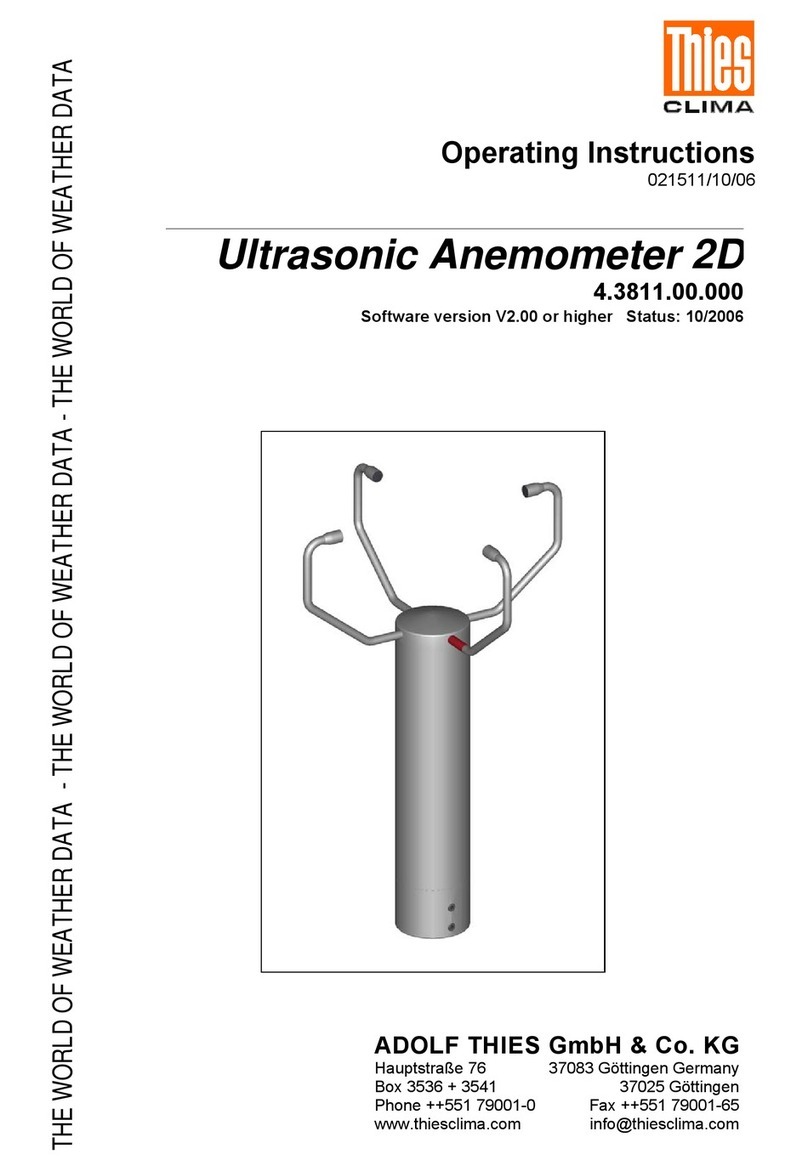
THIES
THIES 4.3811.00.000 operating instructions
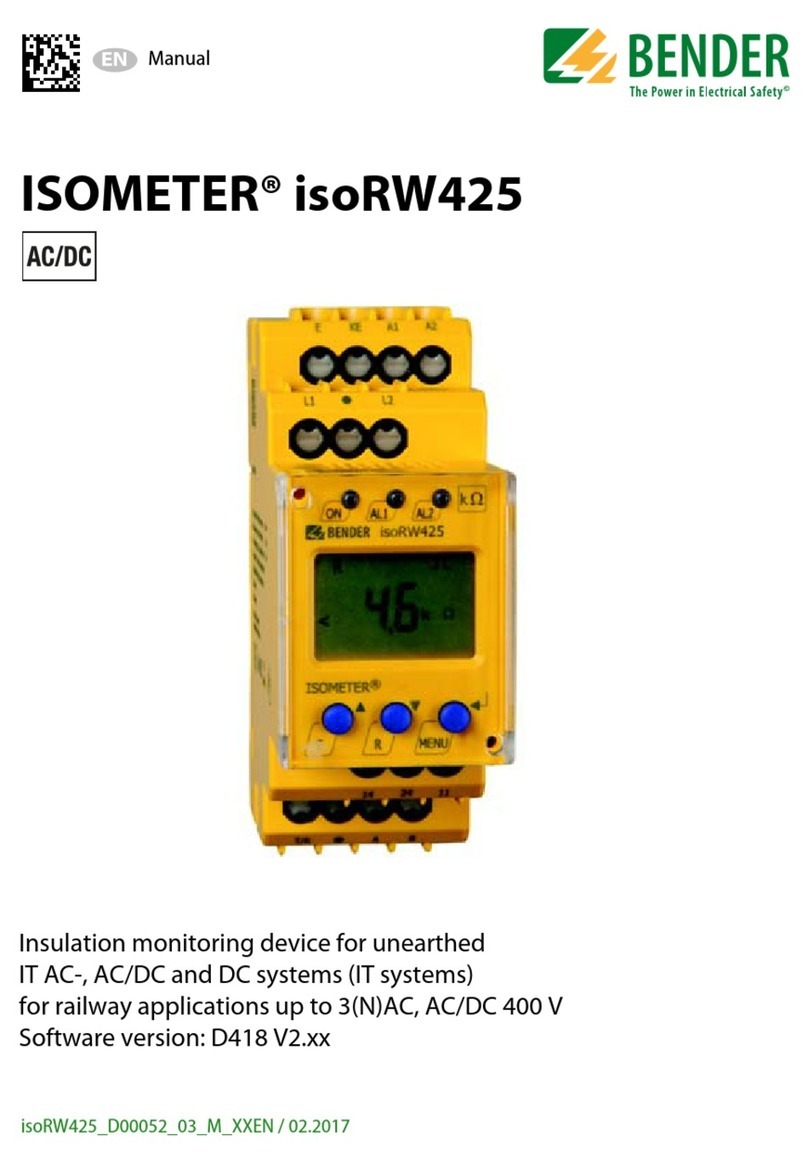
Bender
Bender ISOMETER isoRW425 manual
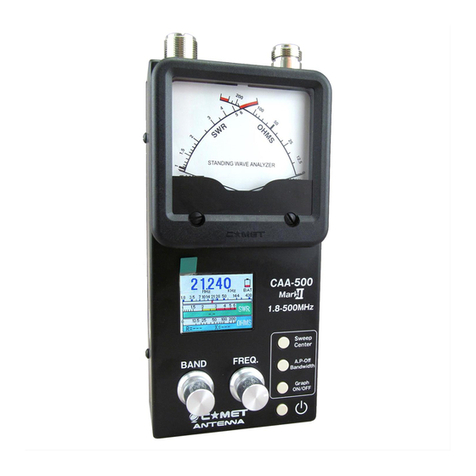
Comet Antenna
Comet Antenna CAA-500 Mark II instruction manual
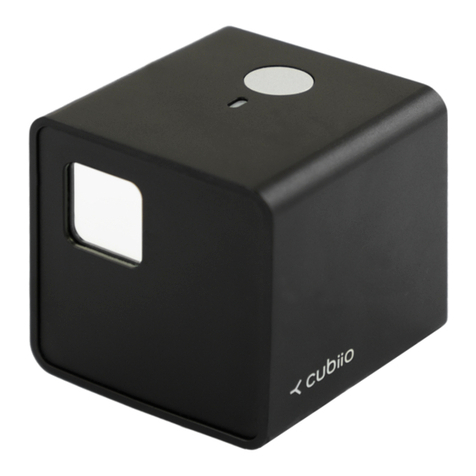
cubiio
cubiio PL-01B LM Replacement instructions
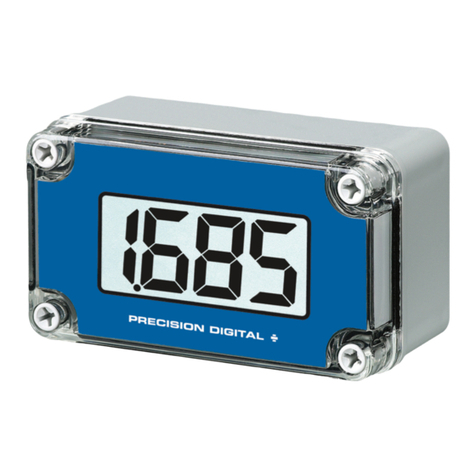
PRECISION DIGITAL
PRECISION DIGITAL PD685 installation manual
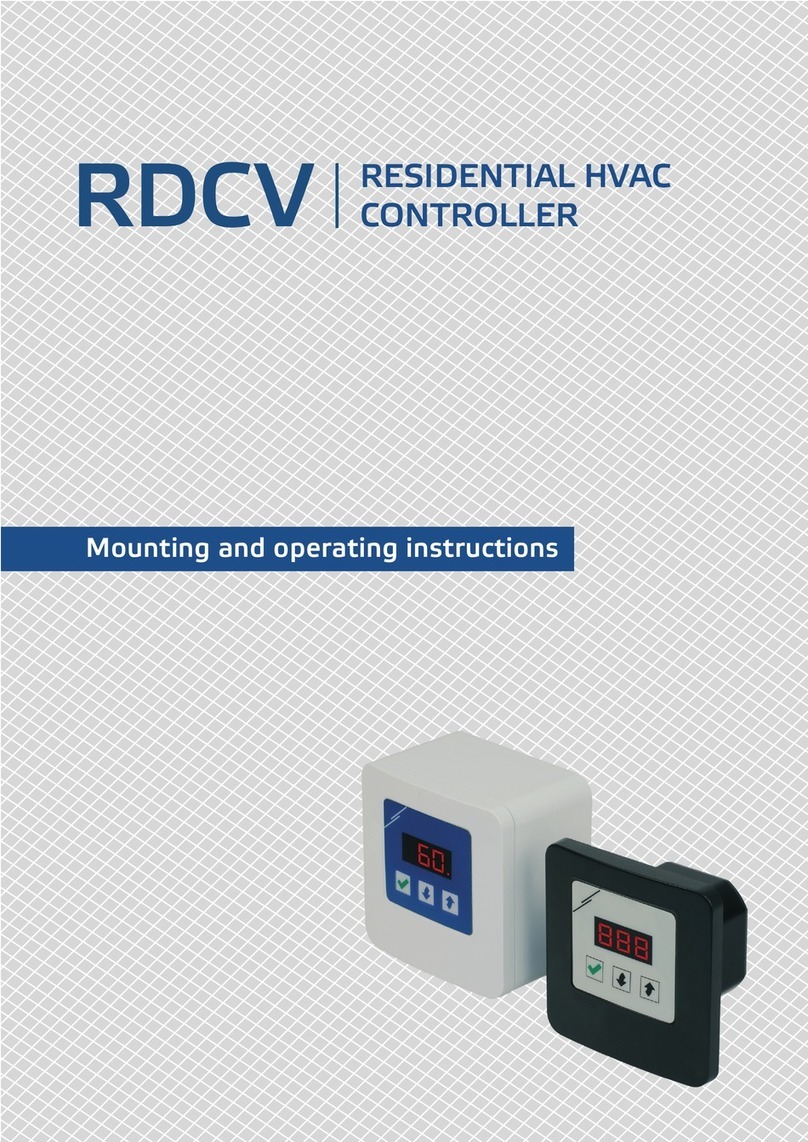
Sentera Controls
Sentera Controls RDCV Mounting and operating instructions
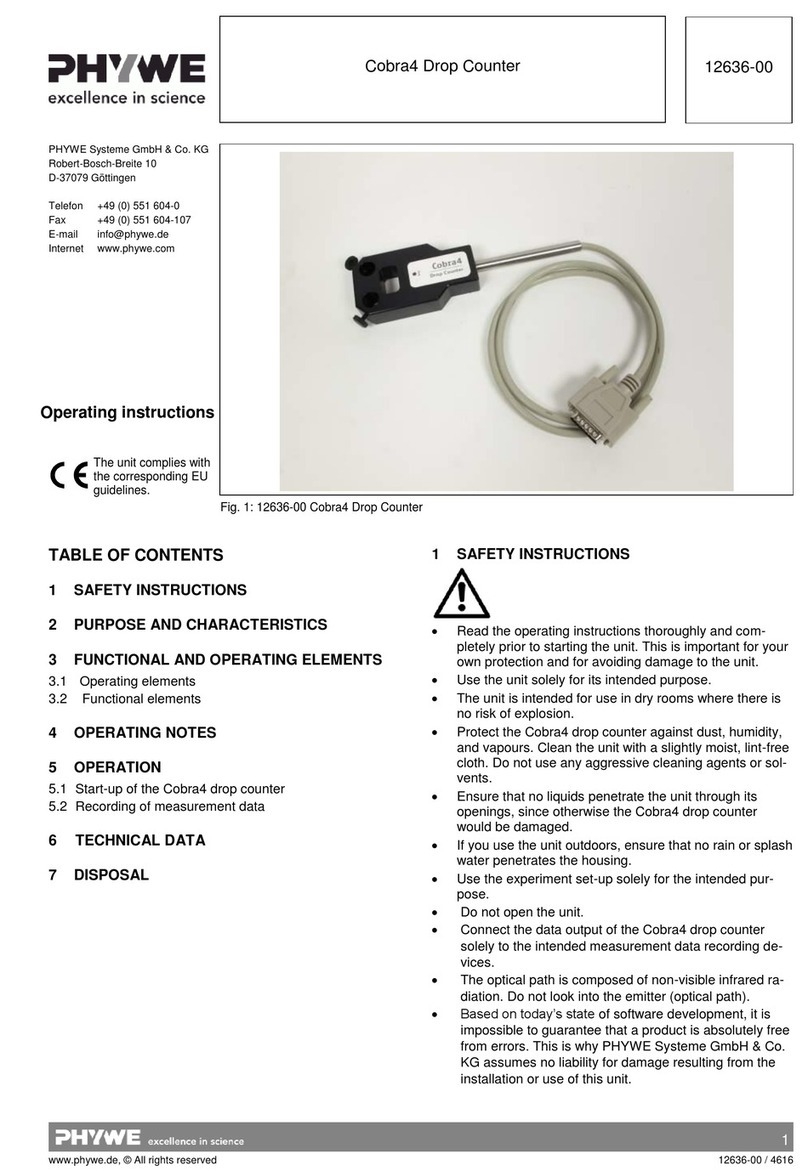
PHYWE
PHYWE Cobra4 operating instructions

Bosch
Bosch GRL Professional Series Original instructions

SKF
SKF Inspector 400 manual

General tools
General tools RHMG700DL user manual
Onicon
Onicon D-1401 Installation and operation guide
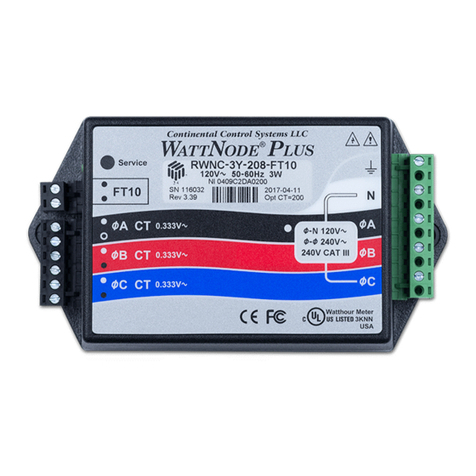
CONTINENTAL CONTROL SYSTEMS
CONTINENTAL CONTROL SYSTEMS WattNode Plus Series installation manual


